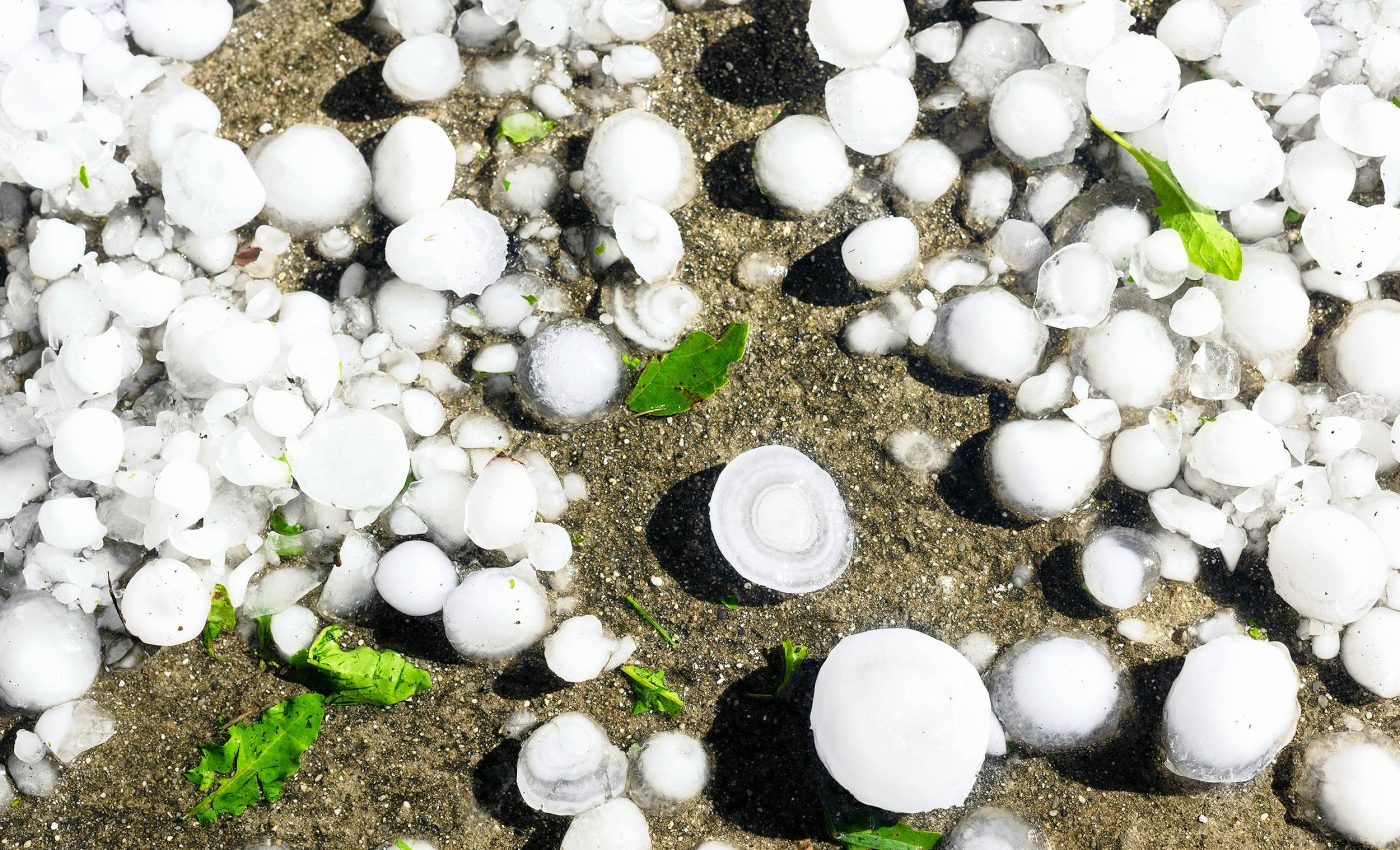
This century is quickly becoming the era of extreme hail storms around the world
Hailstorms around the world are rising along with the warming climate, according to millennia scale evidence. A team analyzed 2890 years of local damage records to reveal a clear uptick after 1850.
The project centers on China, with researchers coordinating a national trove of observations. Their long view helps explain why more intense hail has been catching communities off guard.
What the centuries say
The work was led by Qinghong Zhang, a climate scientist, at Peking University. His research focuses on severe convective storms and long term climate variability.
A new study merged historical chronicles, modern station data, and machine learning to reconstruct hail days across provinces. The count held steady before 1850, then climbed sharply as surface temperatures rose.
Between the 1700s and the 1940s, recorded hail damage days rose from about 10 each year to about 60 each year. After population effects were removed, the rise averaged about 3.9 days per decade.
The team also picked out quasicentennial variability, slow swings that repeat every 80 to 100 years. A shorter multidecadal rhythm emerged more clearly in the modern period.
How a warmer world feeds hail
Warmer air holds more moisture and often more instability that can prime storms. Scientists track convective available potential energy, the energy that fuels thunderstorm updrafts, to gauge that potential.
China’s hail record rises alongside global temperatures in the modern era. That pattern matches independent records showing a steep climb in global average surface temperature since the late 19th century.
The authors used complete ensemble empirical mode decomposition with adaptive noise, a tool for teasing apart overlapping signals. It separated a long term warming trend from the slower climate swings that modulate hail activity.
They found the long term trend in hail days mirrors the long term trend in global temperature with a high correlation after 1800. Shorter wiggles remained, so the team looked to the ocean.
Ocean pattern that sets the stage
The Pacific Decadal Oscillation (PDO), which a slow flip in Pacific temperatures and winds, shifts every few decades and steers moisture.
The National Oceanic and Atmospheric Administration (NOAA) describes the PDO as an El Nino like pattern that alters weather across the North Pacific and beyond.
Before 1850, hail days and the PDO moved in opposite directions at century-like scales. In recent times, multidecadal PDO swings aligned more with hail days, likely because warmer background conditions change moisture transport.
During positive PDO phases in a warming world, southerly flows can move humidity into eastern China. More humidity plus unstable air can raise the odds of large hail.
The different correlations at different time scales point to shifting circulation, not just one cause. That nuance helps explain why long records are essential.
Looking ahead to 2100
The team trained a Convolutional Neural Network (CNN), a machine learning method that recognizes patterns, on the long record to project future hail days.
They trained on pre 1950 data, then predicted from 1950 through 2099 under several warming scenarios.
The CNN follows observed ups and downs in the late 20th century when the PDO changed phase. It then projects a continued rise in hail days through the 2060s as warming and a likely positive PDO reinforce each other.
Under the highest emissions scenario, the model projects about 620 hail days in 2072 across provinces compared with about 300 in 2017. After the 2070s the curve bends down in the projection if the PDO flips phase.
When the team forced a never ending positive PDO in a sensitivity run, the late century dip disappeared. Even with a future dip, the projection keeps hail days above 20th century levels.
Why this matters on the ground
Hail shreds crops, damages roofs, and threatens aircraft and livestock. Farm communities and insurers watch the risk closely because losses can arrive in minutes.
More hail days do not mean every storm is severe, yet more opportunities usually mean more damage. Local planners can use the new long record to stress test infrastructure and emergency response.
Better hail aware farming practices can help, including crop insurance, reinforced greenhouse films, and targeted storm warnings. Cities can reduce exposure with impact rated roofing and hail resistant siding.
Science agencies still caution that observed hail trends have been difficult to confirm globally until recent years.
According to the latest IPCC report, there remains low confidence in historical trends for severe convective storms like hail and strong winds, aside from a general increase in precipitation rates.
The study is published in Nature Communications.
—–
Like what you read? Subscribe to our newsletter for engaging articles, exclusive content, and the latest updates.
Check us out on EarthSnap, a free app brought to you by Eric Ralls and Earth.com.
—–













